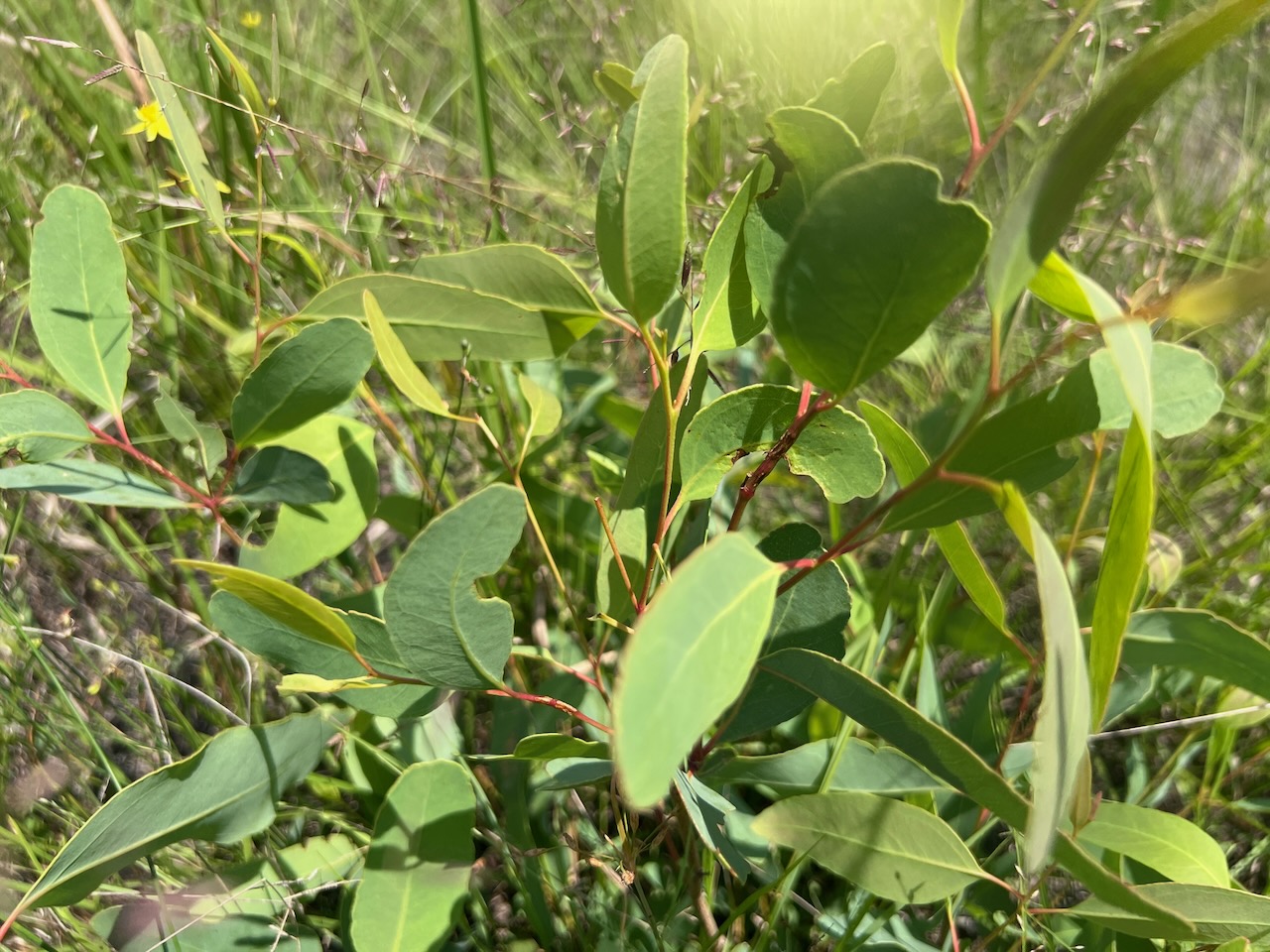The FAI project initiates a collaboration between ecological scientists, artists and land managers to conduct a forest regeneration processes, and over time use that forest’s growth to direct an experimental media arts practice. The central aim of the science is to effectively restore a previously cleared forest (using both active and passive techniques): and as that process develops create speculative artworks that can be seen to illuminate the ‘agency’ and ‘non-human intelligence’ of that re-growth process. These hybrid artworks should, in some way, have capacity to either actively or passively support those re-growth processes and present new ways to communicate, interpret & ‘narrativise’ ecological change at that site.

Two adjacent sites have been chosen at SERF for this project that are a total of 14199.305 square metres (1.42 hectares), and were likely logged decades ago.

They comprise a grassy slope currently rich in native grass species and a seasonally wet gulley current overrun by weedy grasses dotted by occasional trees. Both sites most likely previously had a grassy understory similar to the adjacent existing forest. The methodology has involved assessing information about what was there beforehand from the pre-clearing data as well as examining remaining adjacent vegetation. The plan is to set in place a process to ultimately replicate prior densities for tree, shrub and ground layers. The objective is to use passive regeneration methods across a grassed slope area, and some assisted regeneration (using seedlings and weed control) in the wetter gulley area. Some of those original tree cover types may no longer available locally.

The science component will be managed by QUT SERF scientists (David Tucker and Gabrielle Lebbink) supported and informed by TERN’s Eleanor Velasquez, with the growing and maintenance processes managed by SERF’s Marcus Yates. The arts component of the project will be directed by Keith Armstrong.

SITE DETAILS
Site 1: Passive regeneration area – grassed sloping bank, last slashed in July 23.
7163.647 sq. m passively managed plot – likely similar to the dominant veg at SERF RE of concern 12.12.12: https://apps.des.qld.gov.au/regional-ecosystems/details/?re=12.12.12)
Eucalyptus tereticornis, Corymbia intermedia, E. crebra +/- Lophostemon suaveolens woodland on Mesozoic to Proterozoic igneous rocks).
We will encourage the transition process on this plot via selective slashing, mulching, weeding, and the introduction of fallen habitat trees & occasional selective planting under Marcus Yates management and with advice and input from Dr David Tucker, Marcus Yates, Dr. Gabrielle Lebbink and Dr. Eleanor Velasquez.

Site 2: Active regeneration area – grassed seasonal wet gulley area – was burnt in August 2023. 7035.658 sq. m actively managed plot – likely an ecotone associated with wet gullies RE12.3.6, which reflects the forest type further along the drainage line:(https://apps.des.qld.gov.au/regional-ecosystems/details/?re=12.3.6)
Melaleuca quinquenervia +/- Eucalyptus tereticornis, Lophostemon suaveolens, Corymbia intermedia open forest on coastal alluvial plains

Recommendations (Dr. Peter Young/Dr. David Tucker) include include staged plantings of a relatively simple mix of Emergent species (Eucalyptus tereticornis, (forest red gum, blue gum / red irongum), Corymbia intermedia (pink bloodwood), Corymbia tesselaris (Moreton Bay ash)) and Canopy species (Melaleuca quinquenervia (broad-leaved paperbark, paper bark tea tree), Melaleuca salicina (willow bottlebrush), Lophostemon sauveolens (Swamp Box, Swamp Turpentine) and Guoia semiglauca (guioa or wild quince) with the expectation that many of the subcanopy and shrub species will passively regenerate through the dispersal of seeds from birds, water, wind etc. following canopy closure and site capture from initial stage 1 planting. There is the potential for later infill planting if there are significant gaps

